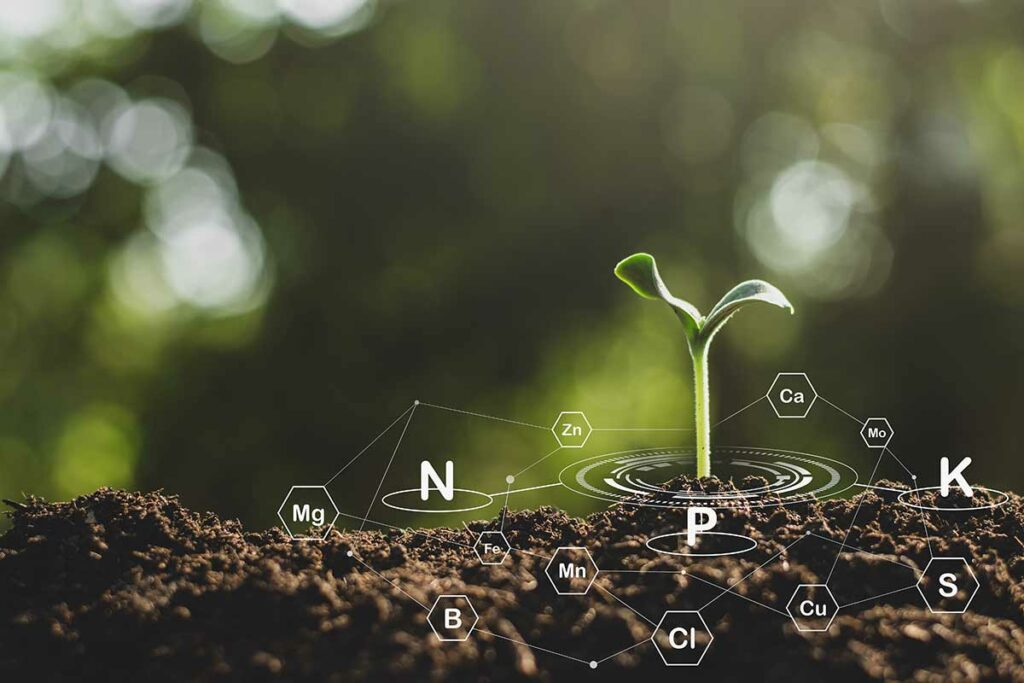
7 facts about our soils

Soils are formed from rock and litter.
In general, a distinction is made between two basic materials from whose transformation products the soils are built up: the abiotic mineral rock, and the dead organic matter. The ratio in which both are present in the soil depends on a variety of factors!
All soils have liquid, solid and gaseous components.
The organic and mineral components are solid. Liquid is clearly the soil-water with its ions and gases dissolved in it. Gaseous, on the other hand, is the soil-air, which is found between the individual large and small soil aggregates.
Soils exist in interaction with fauna, climate, vegetation and relief.
All soils – no matter in which climatic regions of the earth – are in constant interaction with biotic and abiotic soil-forming factors. As a result, the soil-forming processes, e.g. filtering or buffering, are significantly influenced.
Conversely however, the soils themselves can also control the environmental factors through their properties: No mole can burrow in a rocky soil, and no earthworm can live in a very acidic one. Soil inhabited by moles is usually very loose; soil intensively dug by earthworms still has organic matter even at great depths.
Soils on hill-tops drain water quickly and radiate energy. Soil in valleys receive grant water and store energy for a long period of time.
Soils change their properties reversibly and irreversibly
Properties such as soil moisture and temperature always return – they are therefore reversible. However, in the case of heat and moisture, for example, changes occur as a result of dissolution or other physical processes that cannot be reversed – they are therefore irreversible. These are processes that last for a long time, such as the leaching of lime from limestone, which leads to a lime-free soil.
Soils differ in space and time.
A soil has four dimensions that change slowly but continuously. There are areas on earth where soils are very similar but still almost infinite in number. The soil also cannot be stopped in its development and will always evolve.
Soils have transitions, not boundaries.
The many different soil types are not sharply de-lineated from one another regionally, but merge smoothly into one another on our fields and in the forests. The boundaries are often drawn by man. However, the gradual soil changes in nature pose a challenge for agricultural use and also for the representation of soils on maps and resulting land use decisions.
Soils can neither be reproduced nor restored.
The soil cover of our earth is limited. If a soil is destroyed by overbuilding or erosion, or even significantly altered by strong chemical influence, it is not possible to restore it to its original state.